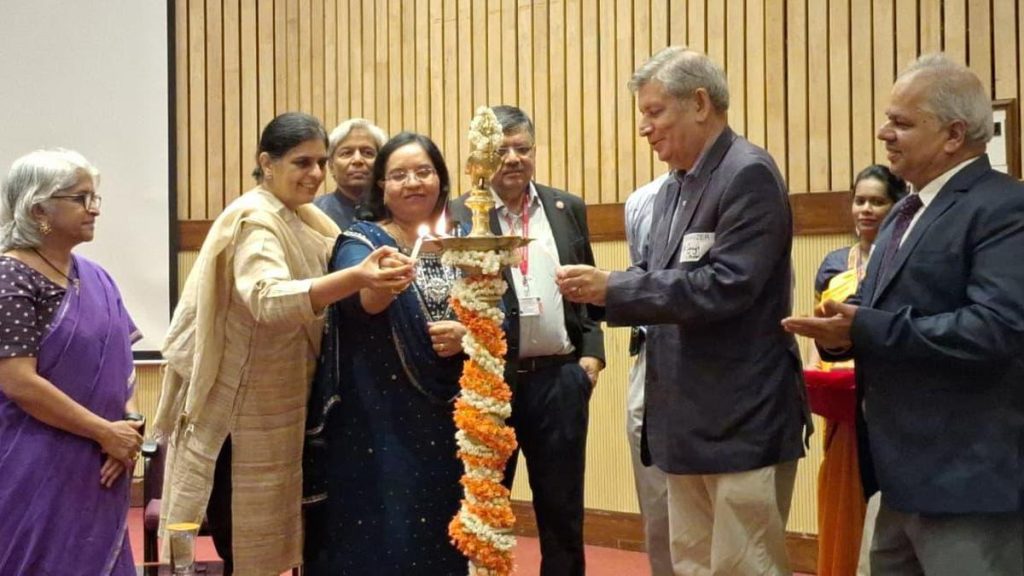Now Reading: Embrace JOMO Over FOMO for Stronger Mental Health, Says Expert
-
01
Embrace JOMO Over FOMO for Stronger Mental Health, Says Expert
Embrace JOMO Over FOMO for Stronger Mental Health, Says Expert

Speedy Summary
- Digital Overuse Impact: Individuals, on average, check mobile phones 60-70 times daily, perhaps losing nearly 10 years of a 90-year lifespan to digital activity. Issues include sleep delay, eye strain, reduced physical activity, vitamin D deficiency, and psychological distress.
- Emerging Phenomena: Dr. Manoj Kumar Sharma from NIMHANS highlighted phenomena like Phantom Vibration Syndrome (false vibration sensations), Zero Inbox Syndrome (compulsive email checking), Digital Amnesia (forgetting readily available information) and Smartphone Lavatory Syndrome (health risks from phone use in toilets).
- Suggested Solutions:
– Practice “digital fasting” for 30-40 minutes daily.
– Adopt JOMO (joy of missing Out) for healthier digital habits.
– Engage in face-to-face interactions and physical hobbies; maintain gadget-free physical activities for 60-90 minutes per day.
– Set healthy boundaries like avoiding screens near bedtime or taking regular breaks during usage.
- Event Details: NIMHANS held the second community Connect program titled “disconnect to reconnect” at Lalbagh and demonstrated exercises promoting mental and physical wellbeing. The SHUT clinic’s Digital Detox Helpline can be accessed at 9480829675 for support services.
Indian Opinion Analysis
The insights shared by Dr. Sharma bring urgent attention to how pervasive digital habits are affecting individuals across multiple domains-physical health, social interaction, and general productivity. the advice provided emphasizes achievable behavioral changes rather than reactive measures-making it an approachable solution for people struggling with these issues.The inclusion of terms such as “Phantom Vibration Syndrome” or “Zero Inbox Syndrome” illustrates how even unconscious behaviors are deeply rooted in an increasingly tech-centric lifestyle.
India’s rapid digitization underscores why such initiatives matter-it’s not just about combating excessive screen time but also reintroducing balance into everyday life marked by hyper-connectivity. With resources like the SHUT clinic’s helpline combined with community awareness events such as this one at Lalbagh underlining practical solutions tailored for urban living challenges-the need is clear: greater individual accountability paired with accessible institutional guidance can mitigate harmful overuse trends effectively.
For more details: Source Link
























